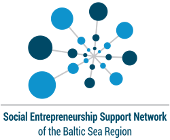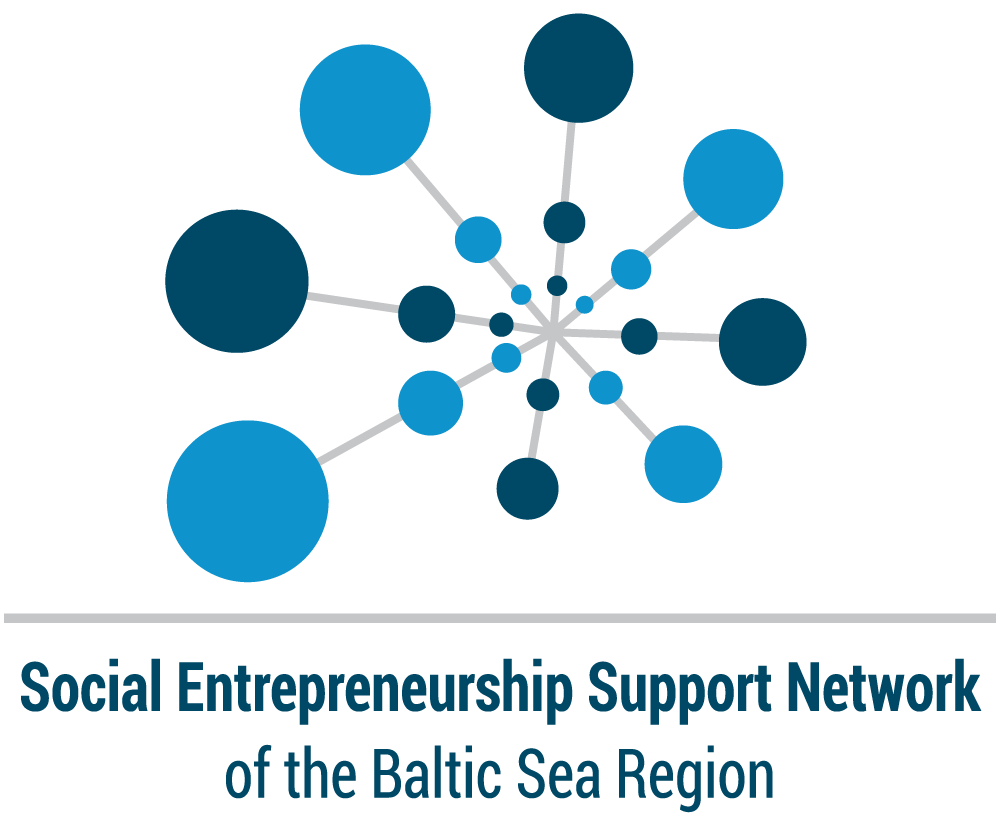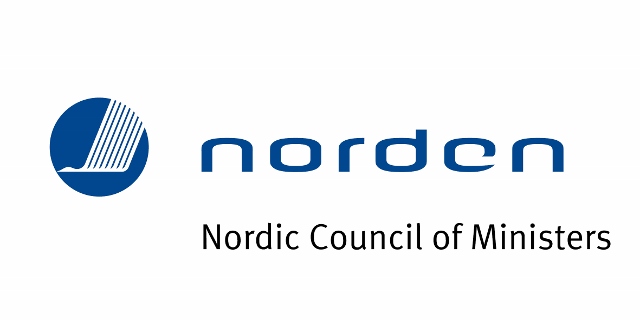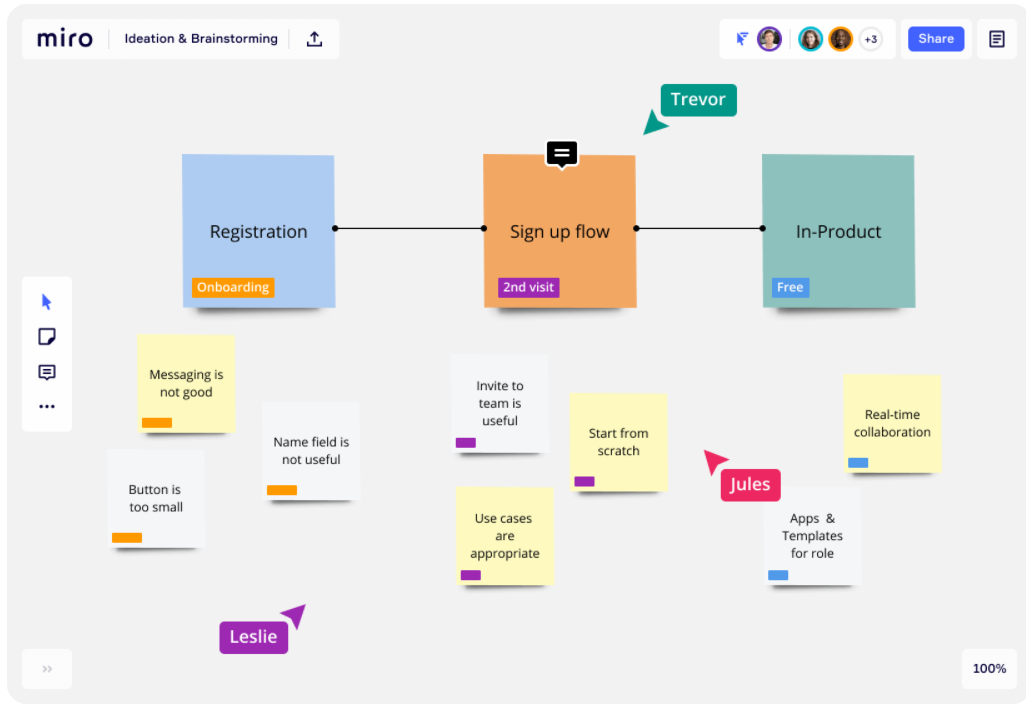Couple days ago we published the first part of the post on Slack by Jame Carbary from Huffington Post. Is it really the best team collaboration software out there? Here is the continuation of the overview:
In addition to a channel for each major project (topic, department, etc), here are a few standard channels every team should use:
Resources. This serves as a repository for links, documents, photos, books, tools or whatever content can serve as a resource for helping your team get the work done well.
Random. If anyone on your team likes Dilbert, cat gifs, The Daily Show, or baby memes, this is the place to drop that stuff. A little humor goes a long way.
Brainstorm. Teams are rich with ideas. Provide an easy place to pitch ideas and ask for feedback. They won’t all be gems, but you’ll never find a diamond if you don’t start digging.
HighLow. Remember your team is made up of human beings, not machines. This channel gives people the chance to be vulnerable and highlight a weekly/daily win as well as share a struggle. We all need hugs and high fives.
Water Cooler. We can’t upload or download cold beverages just yet, but casual conversation and shooting the breeze improves team cohesion and can lead to new ideas. Give your team a place where everyone can relax and chat about weekend plans or favorite bands.
Questions. A team is a collective genius, but each individual is not an Einstein or Edison. No one knows everything and there are plenty of questions. Provide a safe place to ask questions without feeling dumb and praise people for taking the initiative to find answers and help each other.
These six channels create a solid foundation to start using Slack like a pro right out of the gate.
The remaining communication options are pretty self-explanatory.
Direct messages. Communication between two team members that only they can see. Kind of like an email or instant message with no cc or bcc option.
Private group. Think of this is an exclusive channel. It functions the same, but the content is only visible to those included by the admin. Warning: use this sparingly. The goal is open, effective communication.
Building Your Toolbox
Slack has a ton of features to facilitate communication, information sharing, and project management.
#hashtag. Just like Twitter, use hashtags within comments to tag a channel or specific topic. This helps organize search results and allows users to find relevant details easily. This comes in handy if a particular item has implications for multiple channels. Instead of posting the same content in 4 different places, just add the desired hashtag.
@mention. Most social media platforms allow you to @mention (or tag) someone in a post or photo. Within a Slack channel you can @mention a specific team member (@individual), the entire channel (@channel), or the whole team associated with a particular Slack account (@everyone). Using the @mention feature will specifically ping the applicable user via their personal notification settings (via email, mobile, or desktop).
star. much like a “favorite” on Twitter (“like” on Facebook, “+1” on Google+), Slack allows you to “star” comments. This can simply be a method of showing support or agreement with a comment or you can use it to mark something for reference later. Just like hashtags, stars are integrated with the search function.
upload. If you can attach it to an email, you can upload it to Slack. Graphics, images, spreadsheets, documents, etc. With dozens of app integrations you can even link Slack to your Google Drive or Dropbox folders for easy sharing and file management.
links. Whether sharing a resource, requesting feedback, or looking at a preview of a new website, you can post a link and Slack will load a preview (just like Facebook).
search. Data is only useful if you can find it. The same goes for communication. Looking for a file? Trying to remember what Bob said about that one proposal? Pop some simple terms in the native search bar at the top and the answers are at your fingertips.
archive. All projects eventually come to an end. Slack enables users to archive channels and private groups. This allows teams to keep communication clear of clutter while still having the content available for later reference.
cloud. Ever spilled coffee on your laptop? How about dropped your iPhone in the toilet? Or lost your iPad at the airport? No worries. Everything in Slack sits safely and securely in the cloud. You can access it from any platform or web browser.
Conclusion
Too often organizations young and old resign themselves to archaic communication tools and face the daily frustration with agony.
You don’t have time for that nonsense. Join Slack (for FREE) and discover the most dynamic, powerful, and user-friendly communication tool ever designed.
Did you use Slack already? Did you like it? What is your opinion and advice to new users? Thanks!














Leave A Comment